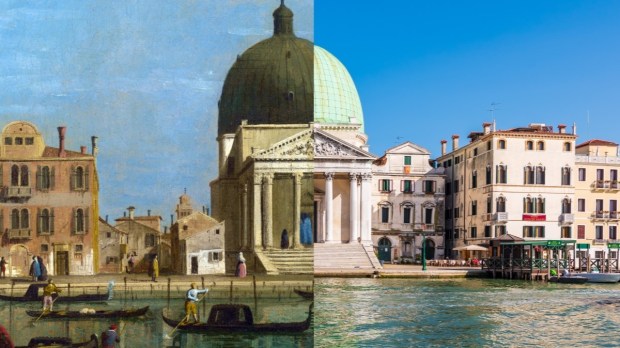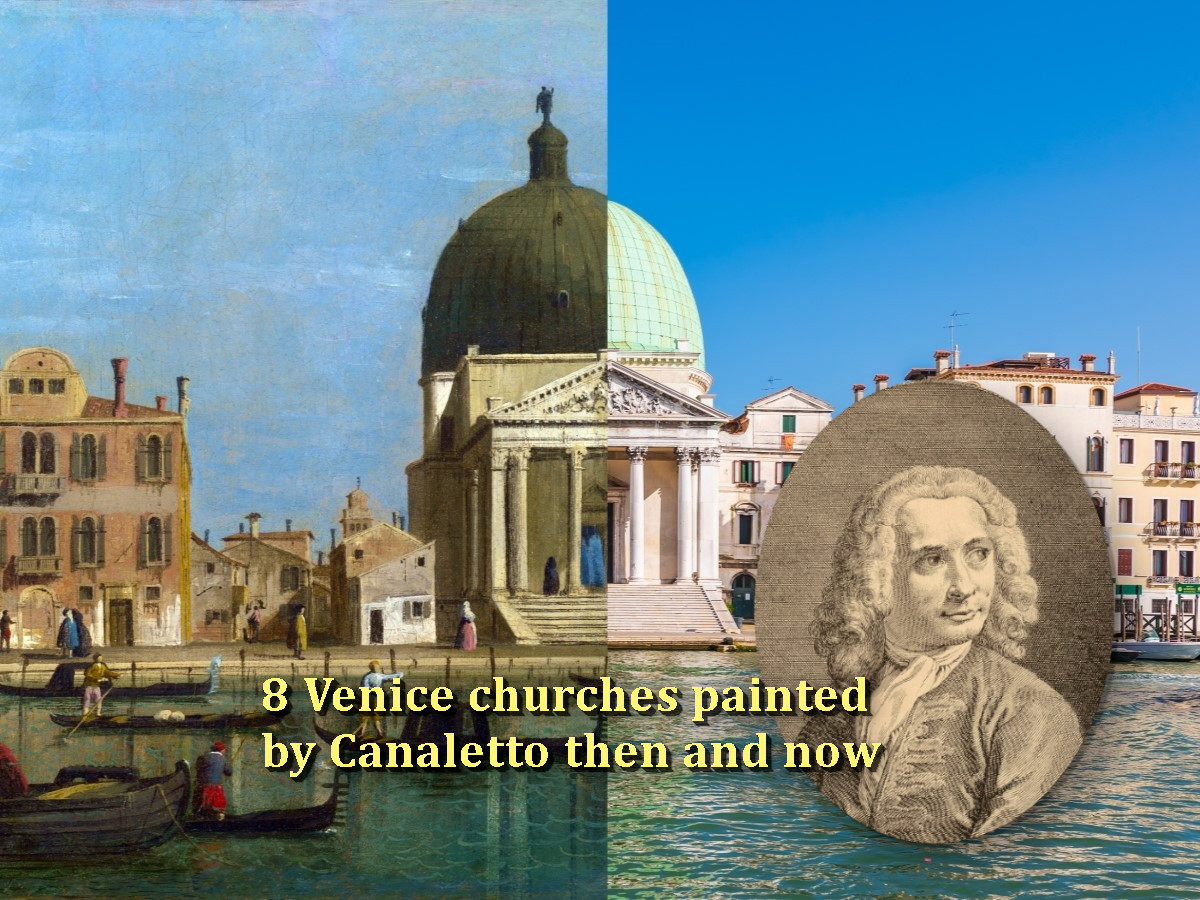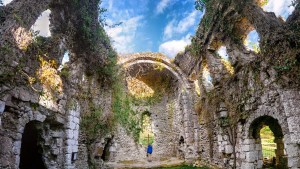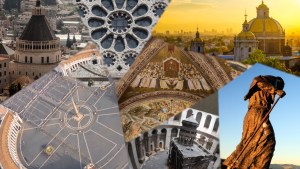Lenten Campaign 2025
This content is free of charge, as are all our articles.
Support us with a donation that is tax-deductible and enable us to continue to reach millions of readers.
Giovanni Antonio Canal (1667 – 1768), known to us as Canaletto, was famed for his extraordinary views of his home city of Venice.
At a time when most painters stayed in the studio, Canaletto insisted on painting “from nature.” His paintings are incredibly detailed and highly accurate – though he sometimes used artistic license to “improve” a view or to depict a particular building from a better perspective. However, even today scholars and historians use Canaletto’s paintings to study the architecture and layout of Venice in the 18th century.
Campi and churches
For those who love church architecture, Canaletto’s paintings are a particular treat. The city of Venice possesses some of the most gorgeous churches in the world, packed into a relatively compact area. In great part, this has to do with Venice’s origins, as explained by the writer Laura Sabbadin:
“The urban structure of Venice is very peculiar, fragmented into more than a hundred little islands, with buildings clustered together: the need for public space was critical. Every island therefore was developed so as to include its own campo, and every campo was to present a similar structure, mirroring an ideal and functional formula.”
Many of these campi had their own neighborhood churches that benefited from the wealthy families that resided there, or from the monasteries and convents that were built on a particular little island. This partly explains why there are so many extraordinarily beautiful churches in Venice.
Stepping back in time
When Canaletto produced his paintings of Venice, the churches naturally became centerpieces of the compositions. The churches held such a powerful sway on Canaletto’s imagination, that even when he is depicting an imaginary scene, there is usually a church somewhere in the composition.
What do Canaletto’s churches look like today? Surprisingly, with a few notable exceptions, the churches of Venice have changed very little in the almost 300 years since they were painted by the Venetian master. Occasionally bell towers have fallen and some were replaced, or there have been minor alterations to facades. Mostly, though, the experience of standing before a church in Venice is like stepping back in time. One could easily imagine bumping into Canaletto outside as he prepares to paint another one of his great canvases.
View the Photo Gallery below to see8 Venice churches painted by Canaletto then and now. See if you can spot the small changes made to the churches since the paintings were created.




